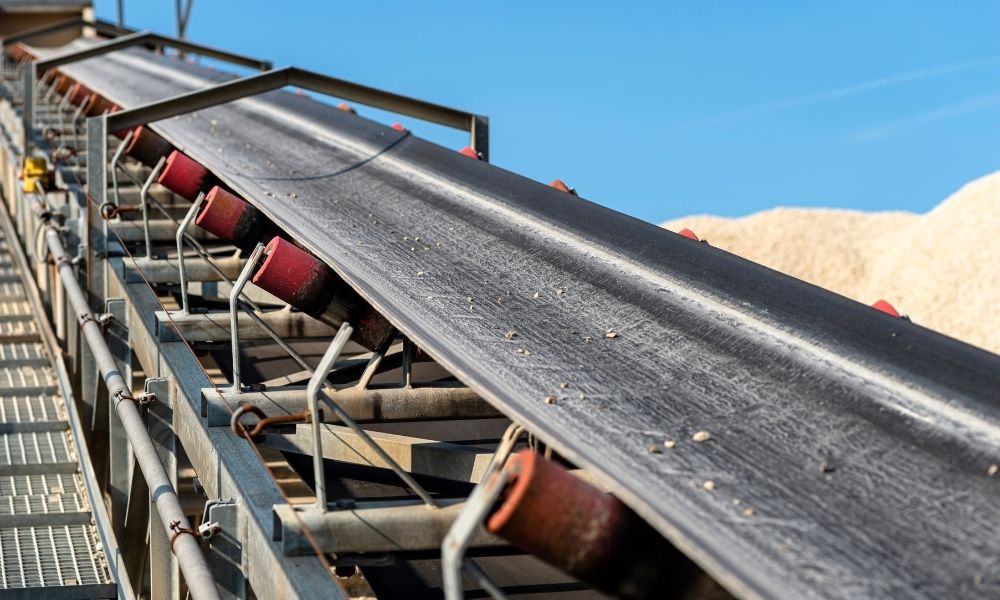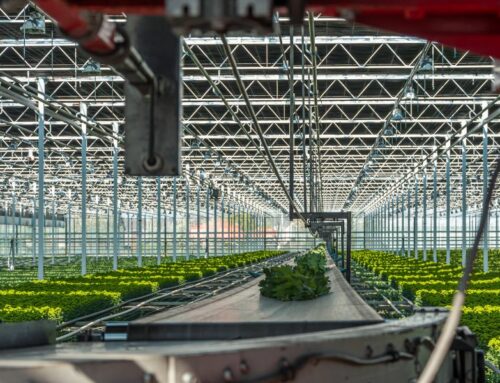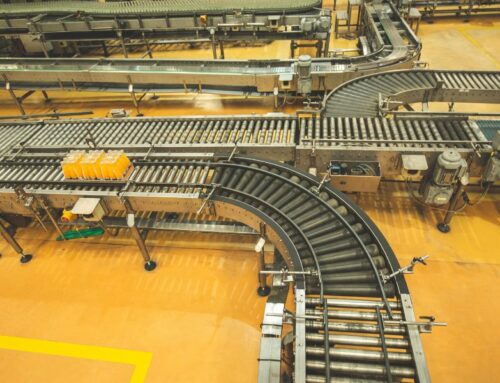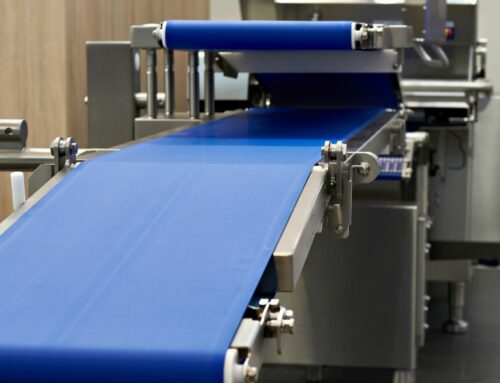
If you plan to design and install a conveyor system for your business or industrial facility, you need to understand the conveyor drive’s placement well. The location of the drive determines the conveyor’s speed, efficiency, and ease of maintenance, among other factors.
If you’re deciding where to place a conveyor drive, these are some important considerations to keep in mind.
Understanding Conveyor Drives
Conveyor drives are the motors or gearboxes that power the conveyor belt, enabling it to move materials from one point to another. They come in many types and configurations to suit specific applications, such as roller, belt, chain, and screw drives. Regardless of the drive type, it’s crucial to place it in a location that maximizes the conveyor’s performance and minimizes wear and tear.
The Case for Head Drive Conveyors
Head-drive conveyors refer to systems where the drive is located at the front or head end of the conveyor, near the infeed point. Head drives are advantageous because they offer better control over the material flow and speed. Ideally, the head drive should be positioned at least three-quarters of the conveyor’s length from the infeed to ensure proper belt tensioning and optimal horsepower. Head drives also make maintenance easier, as you can access them quickly without moving the material or the conveyor’s structure.
The Benefits of Tail Drive Conveyors
The drive motor or gearbox is placed below the conveyor’s end roller near the discharge point in tail-drive conveyors. Tail drives are suitable for applications that require a more compact design, such as inclined conveyors or tight spaces. A tail-drive conveyor is also beneficial when the material flow needs to be reversed, as the drive can be repositioned easily. Tail drives have a lower installation and maintenance cost, as the drive and its components are less exposed to impacts and dust.
Choosing the Right Location
Consider several factors when deciding whether to place the conveyor’s drive at the head or the tail end. First, assess the material flow and the conveyor’s intended use. If you’re transporting heavy or bulky materials, it’s advisable to go with a head drive to minimize slippage and reduce the strain on the motor. Conversely, a tail drive might be the way to go if you’re working in a confined space or require a reversible conveyor. Also, consider the necessary clearance for maintenance and repair, the conveyor’s length and inclination, and the type of material’s particle size and density.
As you embark on the design process, keep in mind that one of the essential considerations for a conveyor system is the placement of the drive. Both head and tail drive placements have advantages and disadvantages depending on the application. Ultimately, the right placement should provide optimal performance, durability, and safety while minimizing the total cost of ownership. Work with experts to help you make an informed decision and ensure that you invest in high-quality components and maintenance practices for your conveyor system.
If you need an inclined cleated conveyor or a custom-designed conveyor for your business, get in touch with Redline Systems. We provide quality conveyor systems and components that meet your unique material handling needs. Contact us today for a consultation and quote.



